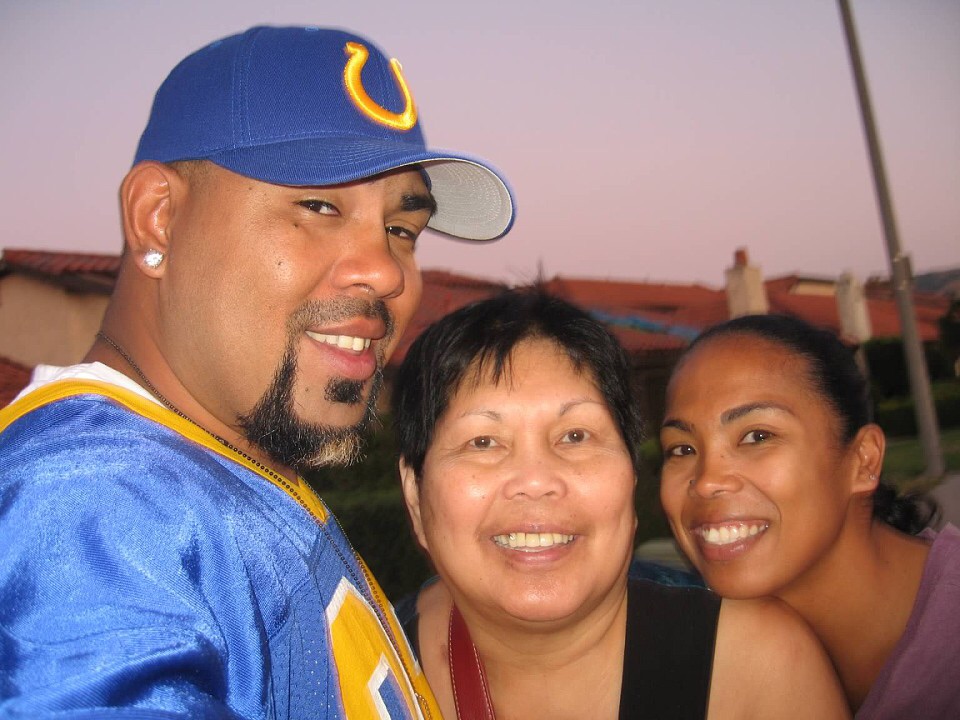“It’s not just physically having the logistics of two kids and their energies, and if they're hungry and if they’re sleepy,” Charlotte says. “It’s me trying to get my brain and heart together to go visit my mom, who’s not my mom. She’s just laying there.”
Initially, it was Medicare, the federal insurance program for those 65 and older, that paid for Misa’s nursing home care. But unbeknown to many, that program limits care to only 100 days. When Charlotte learned of the Medicare cutoff, she scrambled to figure out how to pay her mom’s monthly nursing home bill.
“The $5,000 -- we were wondering where it was going to come from,” she says.
For Misa, and for the tens of thousands of low-income Californians who need ongoing long-term services and support, there is one source of aid: the joint federal-state Medicaid program, known here in the Golden State as Medi-Cal. Medicaid covers nursing home care if seniors can't pay for it themselves.
“Most people, when they think about Medicaid, they think of it as sort of a low-income, working population welfare health care program,” says Matt Salo, executive director of the National Association of Medicaid Directors. “But what really comes as a big surprise to almost everybody is that that’s not where Medicaid spends most of its dollars.”
Salo says Medicaid spends about two-thirds of its annual budget on the elderly and those with disabilities. And that’s why patient advocates say they’re worried about the Medicaid provision contained in the newly released GOP plan to replace and repeal Obamacare.
That legislation would impose per-person limits on federal Medicaid spending, known as "per capita caps." Those fixed spending limits would replace the existing funding approach in which the federal government provides matching funds of $1 to $3 for every $1 the state spends.
Eric Carlson is an attorney for the nonprofit advocacy group Justice in Aging. He’s also co-author of a new report by the group , which says the proposed spending caps are certain to hurt older Americans who rely on Medicaid.
“It’s really a form of rationing where you have the care based on the money that’s budgeted rather than on the needs of the people,” Carlson says. “And that’s entirely backwards.”
But Oren Cass, a senior fellow with the Manhattan Institute, disagrees.
“It just forces states to work within the budget constraints of a fixed amount of federal money, which, by the way, is how every other part of our federal government already works,” Cass says.
He says the GOP plan would also remove some federal rules now imposed on states and give them more flexibility in how they spend their Medicaid dollars. He and other supporters of that approach say it will allow states to better serve their Medicaid enrollees — while patient advocates argue it would harm them.
“Every time I see the words ‘program flexibility’ or ‘state flexibility,’ it makes us cringe,” says Pat McGinnis, executive director of California Advocates for Nursing Home Reform. “Because there are so many federal protections under the current Medicaid system, and I think most of those would be gone.”
As Congress continues hammering out the details of the GOP plan to revamp Obamacare and Medicaid, Charlotte Altieri hopes her mother's long-term care coverage will be spared any cuts.
“My mom is getting the most basic of basic [care],” she says. “If they cut it, I don’t know what I’d do.”

